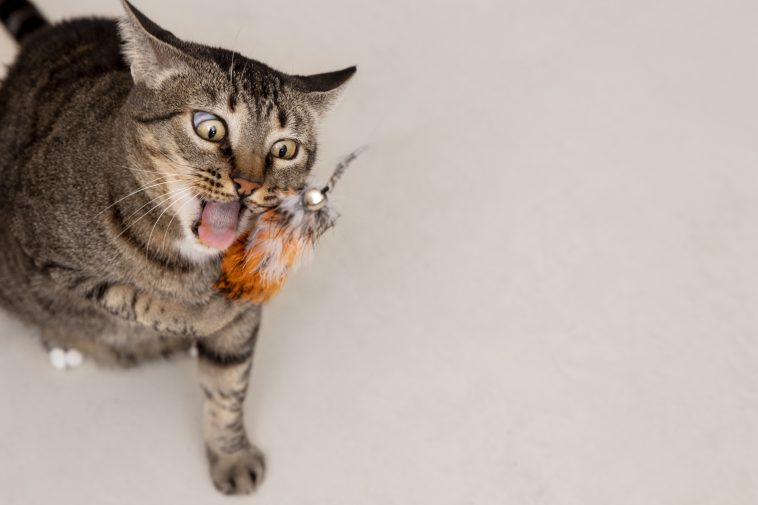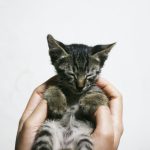Introduction: Cats, renowned for their enigmatic behavior, often communicate through subtle gestures. Among these, the act of rubbing against their human companions carries profound meaning. This guide delves into the intricacies of this behavior, shedding light on what your feline friend might be expressing through these physical interactions.
Section 1: The Language of Cat Rubbing
- Understanding Feline Scent Glands:
- Highlighting scent glands around a cat’s cheeks, chin, head, and tail base.
- The presence of pheromones and their role in cat communication.
- Inherited Behavior:
- Explaining how rubbing behavior is passed down from mother to kitten.
- Significance of rubbing in marking territory, expressing acceptance, and conveying greetings.
Section 2: Interpretations of Cat Rubbing
- Greeting Gestures:
- Recognizing the positive sign when a cat rubs against you upon your return.
- The correlation between extended periods of absence and increased rubbing behavior.
- Territorial Marking Through Rubbing:
- Unveiling the territorial nature of cats.
- The act of claiming their human as part of their territory through scent marking.
- Information Gathering:
- Exploring instances where cats rub against new humans or animals to gather information.
- Caution against mistaking this behavior as an invitation to pet unfamiliar cats.
- Creating a Group Scent:
- Describing communal rubbing in cat colonies and feral cat groups.
- The role of shared pheromones in identifying intruders and maintaining group harmony.
- Expressing Needs Through Rubbing:
- Interpreting rubbing as a form of communication for various needs.
- Alerting to hunger, signaling discomfort, or indicating requirements like litter box cleaning.
Section 3: When to Worry: Signs of Underlying Issues
- Normal vs. Excessive Rubbing:
- Differentiating between regular rubbing behavior and excessive, potentially concerning, rubbing.
- Signs of Illness:
- Enumerating signs that may accompany excessive rubbing, indicating potential health issues.
- Highlighting symptoms such as head tilt, changes in appetite, and increased vocalization.
- Common Medical Causes:
- Listing medical issues like allergies, fleas, and ear infections that may lead to excessive rubbing.
- Stressing the importance of veterinary consultation for evaluation and testing.
Conclusion: Nurturing the Feline-Human Bond While cat rubbing is a multifaceted behavior rooted in feline instincts, being attuned to the nuances can deepen the bond between cat and owner. By interpreting these gestures, cat parents can respond to their feline companions’ needs, fostering a relationship built on trust, understanding, and shared communication. If in doubt, consulting a veterinarian ensures the well-being of the cat and provides peace of mind for the caring owner.


